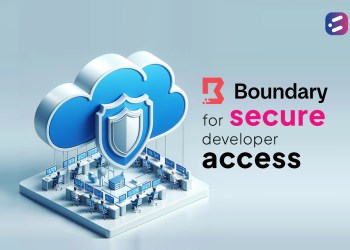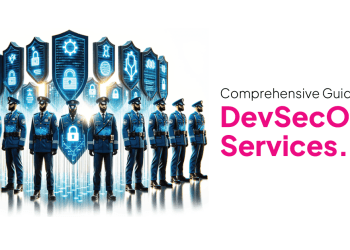Did you know that more than 80% percent of organizations world-over use a learning management system, or LMS, to improve efficiency? So, if you’re wondering, ‘does my organization really need one’, the answer is an emphatic yes.
Here are 3 key LMS features that could help you drive efficiency at your organization.
1. Efficient reporting and tracking
By optimally delivering e-learning content that helps to upskill or cross-skill employees, a learning management system allows the efforts of the administration team to be directed elsewhere, and that certainly saves time and money when compared to manual training.
Automated reporting is one of the most important ways to save time and make admin team operations more efficient. An LMS can track employee metrics like training performance and assessment results by providing weekly or monthly graph-based progress reports of all team members that can be shared with management to identify gaps in learning, training performance, goal progress, and levels of participation. With the right LMS it becomes relatively easy to identify areas for improvement and formulate a roadmap for organization-wide learning and development.
A learning management system is centralized and therefore ensures that training and course delivery is consistent. It also allows for feedback reports on the quality of content from employees and provides a way for organizations to retain talent.
2. Personalized learning paths
A customized learning management system comes with several advantages, the first being that it puts employees first! It therefore takes in strengths, skills, and interests while administering the learning, which translates to higher engagement and improved levels of motivation and productivity.
A customized learning management system can create a series of learning paths with resources to formulate the right career path for each employee based on their requirements. Using an LMS, you can centralize learning and development within the organization, which supports creating proper upskill/cross-skill paths for employees. Each segment for instance can be targeted towards a specific job role, department, or specific training need. For instance, newly on-boarded employees can have customized learning paths to get them accustomed to company tools and processes.
3. Regular content updates
A customized LMS paves the way to retain skillful employees by upskilling or cross-skilling them and making them more valuable to the organization. Customization also allows organizations to have complete control over features and updates.
The learning management system for instance can be configured to go beyond merely collecting, curating, and delivering content but to push regular updates of micro-learning to keep employees industry-ready with digital transformation practices at all times. It can be used to crowd-source in-house content, for example, or updated to include tutorials that incorporate augmented reality or AI training to improve levels of creativity, innovation, and engagement. The possibilities of how LMS can be used are limitless.
At CloudNow we believe that an LMS must be user-friendly, engaging, intuitive, and add value to learning outcomes both for employee and employer. In our experience, we have found that a one-size-fits-all approach may not work when it comes to training. So, if you’d like to work together on an LMS that suits the training needs of your organization, let’s talk.













